The 10 Best International Cities for Food
These spectacular cities have food worth booking a flight for right now.
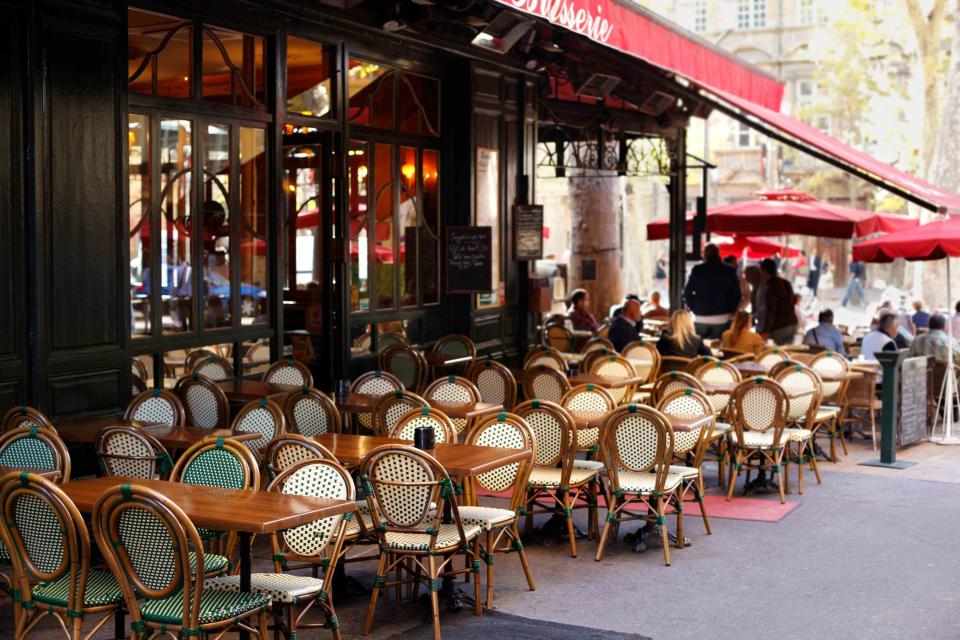
David Franklin / Getty Images
Global Tastemakers is our first-ever reader’s choice awards, celebrating the best culinary destinations in the U.S. and abroad. F&W readers voted based on travel completed within the past three years, on categories including restaurants and bars, cities, hotels, airports, airlines, and cruises. Due to the limitations of pandemic travel, this year’s Global Tastemakers winners reflect a smaller portion of the globe. In many categories, we’re including an editor’s pick to shout out some more culinary destinations in places you can’t miss. See all the winners at foodandwine.com/globaltastemakers.
To understand a city’s culture, look to its food and beverage scene. Although every city is unique, certain destinations sprinkled across the globe attract food-loving travelers in search of the world’s best restaurants, markets, street food, and culinary experiences. From bustling street food scenes to streets paved with Michelin-starred restaurants, these cities were voted by Food & Wine readers as the top food cities in the world.
Mexico City

Sergio Mendoza Hochmann / Shutterstock
In terms of diversity, offerings, and flavor, Mexico City rises to the top. From boundary-pushing restaurants to more modest — and seemingly endless amounts of — puestos, the sheer range of Mexico City’s offerings is part of what makes it so special. The lifeblood of the city’s culinary offerings is best enjoyed in its energetic streets. Although many international tourists now flock to CDMX for new wave cafés and restaurants, the fantastic stalls and stands on the street remain unparalleled — tacos al pastor, steamed tamales, and bean-based tlacoyos are simply the beginning.
Tokyo

Matteo Colombo / Getty Images
Few culinary scenes have mastered the hard-to-strike balance between respecting tradition and playing with innovation like Tokyo. Known for excellence across all facets of dining, from execution to service to quality, flavor, and technique, it’s clear why food lovers regularly flock to Japan to bask in its capital city’s dining scene. From tiny yakitori joints to hole-in-the-wall sushi spots to seemingly endless ramen options, Tokyo’s culinary landscape highlights both regional and national delicacies, with copious nods to international cuisines scattered throughout the city’s diverse array of establishments. Whether savory street food or world-class dining is what you’re after (the city is home to an impressive 200 Michelin-starred restaurants) when it comes to eating in Tokyo, the sky’s the limit.
San Sebastián
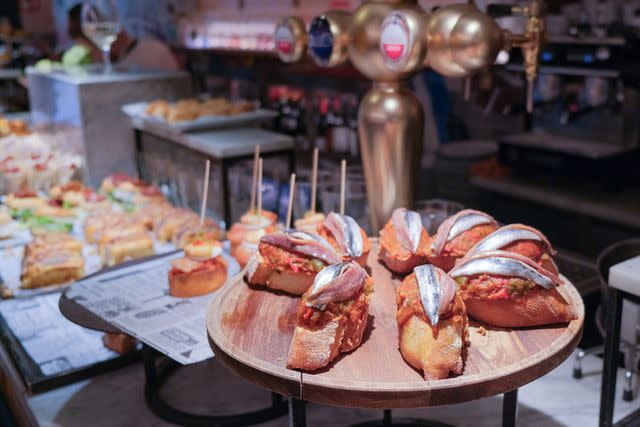
Olga Beliaeva / Getty Images
In addition to boasting eight Michelin-starred restaurants (including Arzak, Martin Berasategui, and Mugaritz), San Sebastián — known as Donostia to the locals — is home to a plethora of lively pintxos bars, as well as a number of vibrant markets selling seasonal produce, locally-farmed meats, and a variety of fresh seafood sourced from salty waters of the Bay of Biscay. Classic Basque favorites include bolinhos de bacalhau (fried cod fritters), talos con chistorra (stuffed corn tortillas), and kokotxas (a fresh fish stew made with hake or cod, white wine, and garlic). Whether you eat the local delicacies standing up at the bar or seated at an award-winning restaurant, what matters most is that you try as many dishes as possible.
Tel Aviv
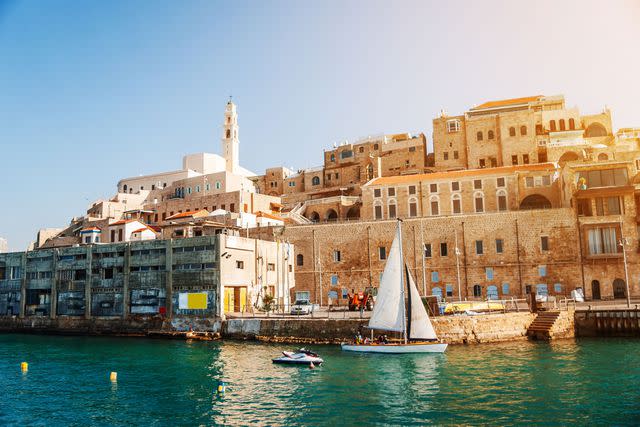
Roman Krykh / Getty Images
In addition to its world-famous nightlife, Tel Aviv has become a go-to destination for food-focused travelers around the globe — especially for those with plant-based diets. Although the city boasts a number of famous, meat-heavy specialties, including shawarma, Israeli meatballs, and poultry-based takes on schnitzel, the city’s vegetarian and vegan-based options are among the best in the world. From chickpea-based falafel to creamy hummus to shakshuka, burkeas, and sabich (pita loaded with fried eggplant, hard-boiled eggs, and hummus), fueling up sans meat has never been tastier. Whether you enjoy your meals in a local kitchen or savored on the streets in the early hours of the morning, you won’t leave Tel Aviv hungry.
Madrid
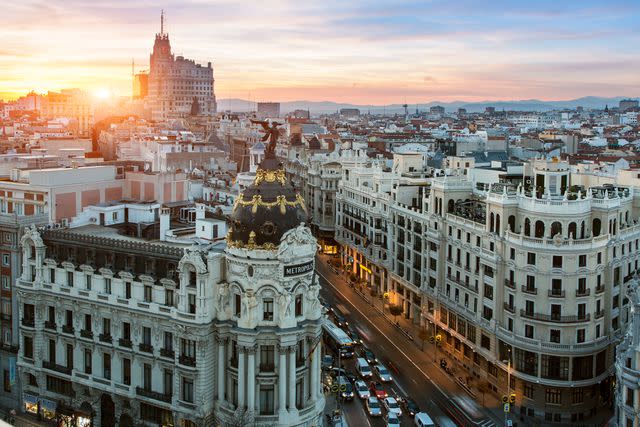
Sylvain Sonnet / Getty Images
Although San Sebastián frequently gets most of Spain’s gastronomy love, there’s no denying that Madrid’s food scene has exploded over the past decade. From tasty tapas bars to buzzing food markets (Mercado de San Miguel being the most famous), eating your way through Spain’s capital is as easy as roaming the streets — and best of all, you won’t break the bank. Beyond the obvious tortilla espanola and croquetas, you can’t miss the city’s signature bocadillo de calamares (calamari sandwich), callos a la madrileña (tripe stew), and cocido madrileño (chickpea-based stew prepared with meats and veggies). Wash it all down with a local copa de vino or vermut.
Paris
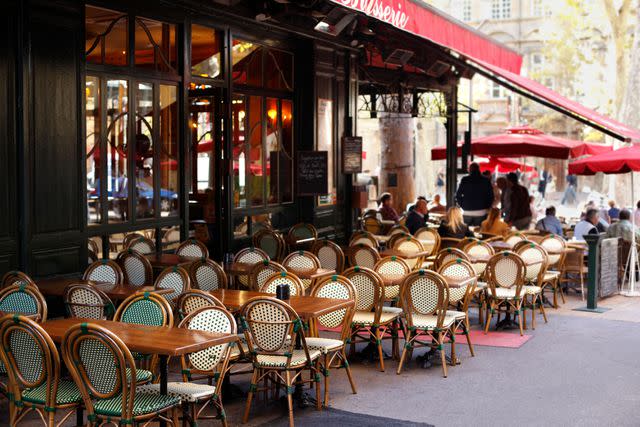
David Franklin / Getty Images
No culinary-focused trip to Europe is complete without a stop in Paris. Although many of France’s most famous menu items hail from elsewhere in the country (namely Provence, Burgundy, and Alsace), some of the best examples of its national cuisine can be found in the City of Lights. For ambiance, there’s no better place to enjoy French delicacies than in the comfort of a bustling bistro. Burgundian boeuf bourguignon, easterly quiche lorraine, and southwestern cassoulet are among the myriad French dishes you’ll find on a classic bistro menu (alongside the additional steak frites, coq au vin, and escargots). When it comes to sweets, Paris most definitely takes the cake. Whether you’re in the mood for flaky, buttery pastries, intricate pâtisseries (hello, Paris-Brest, eclair, and baba au rhum), or simple baguettes with jam, there’s really nothing in the pastry realm that Paris can’t do.
Copenhagen
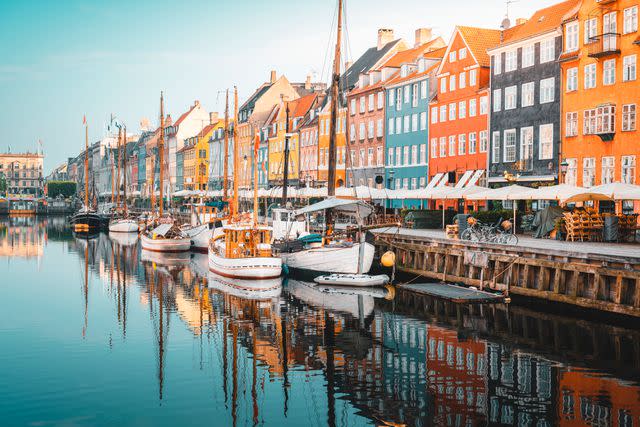
Marco Bottigelli / Getty Images
Known for its pioneering, experimental chefs, Copenhagen boasts Nordic and international influences in its restaurants and food markets. Classic Danish specialties like smørrebrød (butter bread) and pickled fish provide the backbone to many of the city’s signature open-faced sandwiches, while a variety of bread-heavy pastries, such as kanelsnegle (cinnamon buns) and rabarberhorns (rhubarb horns), depict the perfect execution of sweet meets savory. Although the city’s most famous restaurant, Noma, will soon shut its doors, the city’s progressive culinary scene still has a plethora of innovative dining options for food-curious travelers to discover. The (metaphorical) cherry on top? Copenhagen is known for its green-forward thinking and sustainability efforts, which have long been carried over to kitchens across the city.
Lisbon
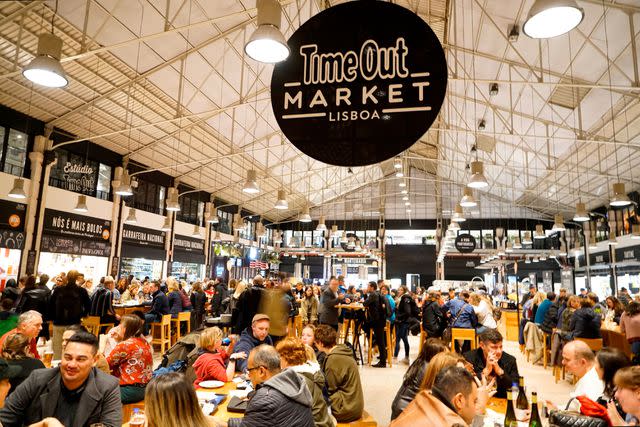
Shutterstock
From casual restaurants to fine dining, Lisbon’s dynamic food scene has much to bring to the table. The city’s prime coastal location means lots of salty seafood specialties, including polvo à Lagareiro (roasted octopus), a variety of tinned fish, and fried pastéis de bacalhau made with cod, potato, onion, and garlic. For heartier street fare, grab a bifana sandwich, prepared with slices of marinated pork, garlic, and spices. Don’t skip on the city’s wildly delicious custard tarts, the pastel de nata, perfect for enjoying with coffee to kickstart the day.
San Miguel de Allende
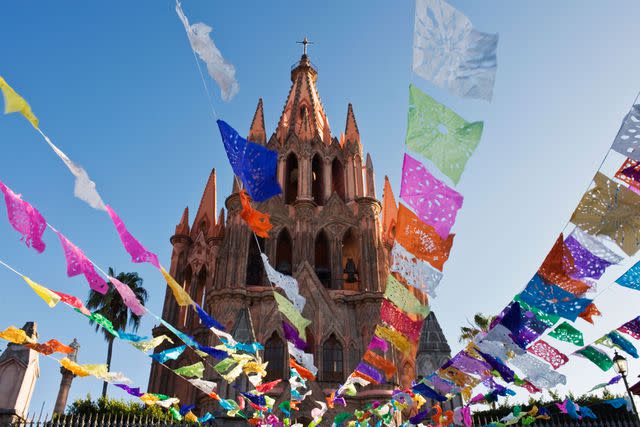
Rob Tilley / San Miguel
Mexico City may be the more popular choice, but food-focused travelers in the know can’t get enough of San Miguel de Allende. Located 165 miles north of Mexico’s capital, this centrally-located city is known for its breathtaking colonial architecture, as well as its innovative cuisine, which beautifully meshes local flavors with a variety of global influences. In addition to traditional chicharrón and sweet pastillas de leche, don’t be surprised to find Thai, Lebanese, and German influences scattered throughout the city’s diverse culinary scene — and agave lovers, you’re in luck. In addition to its incredible food offerings, San Miguel de Allende is known as one of Mexico’s prime locations for exploring rare tequila, mezcal, and other agave-based spirits.
Rome

Getty Images
Carciofi, cacio e pepe, cicoria ripassata … these are just a few of the beloved signature dishes you can expect to eat when visiting the Eternal City. In addition to boasting an impressive number of Michelin-starred restaurants (17, to be exact), the city has food markets, holes in the wall, and family-owned trattorias worth getting on a plane for. For an authentic Roman meal, start with piping hot carciofi alla giudia (fried Jewish-Roman artichokes), followed by a savory bowl of bucatini all'amatriciana or flavor-packed cacio e pepe. For more adventurous eaters, explore the fantastic trippa alla romana (Roman-style tripe), finished with a sweet and fluffy maritozzo con la panna (cream bun). For an immersive sensory overload into the raw materials of Roman cuisine, simply head to one of the city’s most popular markets — Mercato Testaccio, Mercato Centrale, or Mercato Trionfale. You won’t regret it.
For more Food & Wine news, make sure to sign up for our newsletter!
Read the original article on Food & Wine.

